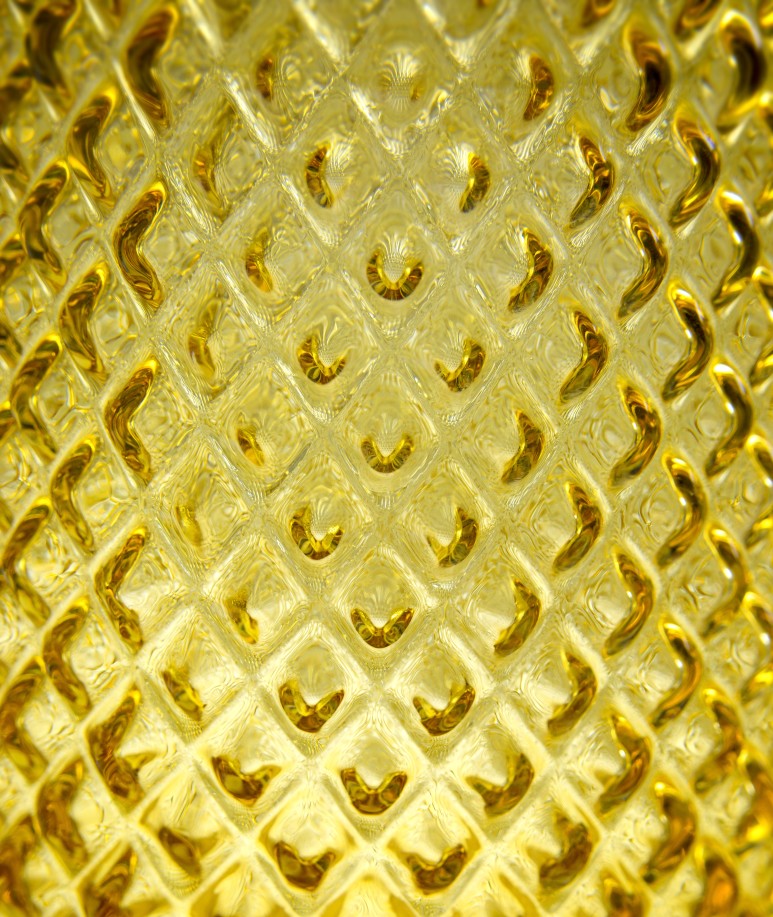How Do I Identify My Depression Glass Pattern?
If you’re wondering how to identify the patterns on your Depression Glass pieces, read on. This information will help you identify if your glassware is original or reproduction. Cambridge, Fostoria, Lenox are some of the most well-known patterns. If you can’t make out the pattern number on your glassware, it’s probably a reproduction. It’s easy to identify your glassware if you know what it is made of.
Lenox
You will need to find the pattern code to identify a particular piece Lenox glassware. Each piece will have a combination number and letters that identify its design and shape. You can find the pattern code online if you are unsure. Lenox produced hundreds of patterns in many different sizes and colors. Some of these patterns are unnamed, while others are unlisted. Listed below are the codes you will need to identify any particular piece.
Cambridge

The Cambridge etching marks are a good place to start if you’re looking for a particular pattern of glassware in Cambridge. A common fake is the etched C in triangle marks. It is found on many reproductions of flower figures, and it has gaps on each side. These fakes can also be found on Cambridge glassware that was made for laboratories. Here are some ways to spot these marks:
Fostoria
One of the easiest ways to tell if a piece of glassware is Fostoria is to look at its construction. Fostoria pieces are often made with three seams and more curvature at the top, while other glassware has a simpler construction. Here are some things to look for:
Fostoria Majestic
You might be curious how to tell the differences between vintage and new Fostoria Majestic glassware. Fostoria glassware patterns are usually made from etched or needle-etched glass and often have bands of gold or red around the top. In addition, Fostoria was known to produce more than 1,000 different patterns, and some pieces can fetch as much as $2,000!
Heatherbloom
This elegant pattern is available as a purple or pink shade. It is made by Cambridge Glass Company. There are several ways to identify Heatherbloom. It is a beautiful pattern often associated with the Cambridge Glass Company. As the pattern ages, the colors change from blue to pink to almost lavender. The pattern is so popular that you are likely to find some of your own glassware. Here are some tips for identifying yours.
Fostoria Caprice
There are many ways to identify FostoriaCaprice stemware and glassplates. First, look at the color. The pattern 6030, which is made of yellow-colored glass, is more expensive than its pink counterpart. This pattern is also known as a high sherbet. The stem is also flattened, as is the case with its counterpart. Fostoria sold this design to Lenox, in 1982. These patterns have no similar names.
Cambridge Majestic
If you want to learn how to identify Cambridge Majestic glassware, you’ll have to know which specific pattern it’s made from. The Cambridge Majestic line was well-known for its beautiful shapes and sizes. It was often called the “Elegant Glass”, by collectors and writers alike. For example, you can easily identify the bowls that are called “flying ladies” by their fanciful dolphin designs. The same applies to the famous flying lady bowls, desk sets, and desk sets.
Fostoria Florentine
The pattern of a Fostoria item is a simple way to determine if it is genuine. Fostoria glassware is known for their intricate patterns and these glassware pieces feature some of the most beautiful designs of all time. You should be able see the pattern in its center, and then compare it with the pieces on the sides. Usually, the same pattern will be visible on all three pieces. However, in some cases, you may see different patterns.
Fostoria Georgian
It can be frustrating to try to identify Fostoria Georgian glassesware. It can be difficult to identify the style and design of the glassware. Fostoria Georgian glassware is different from other American patterns. Many of these patterns were made in the USA, while others were made in the United Kingdom. Here’s how to identify which pattern you have.
Fostoria Roselyn
You will need to know the name and size of your glassware in order to determine if it is Fostoria Rosalyn or another pattern. The name “June” comes from a year, 1938, when the pattern was introduced. It was originally called “high sherbet”. The pattern was also called “saucer champagne” as well as “torte”.